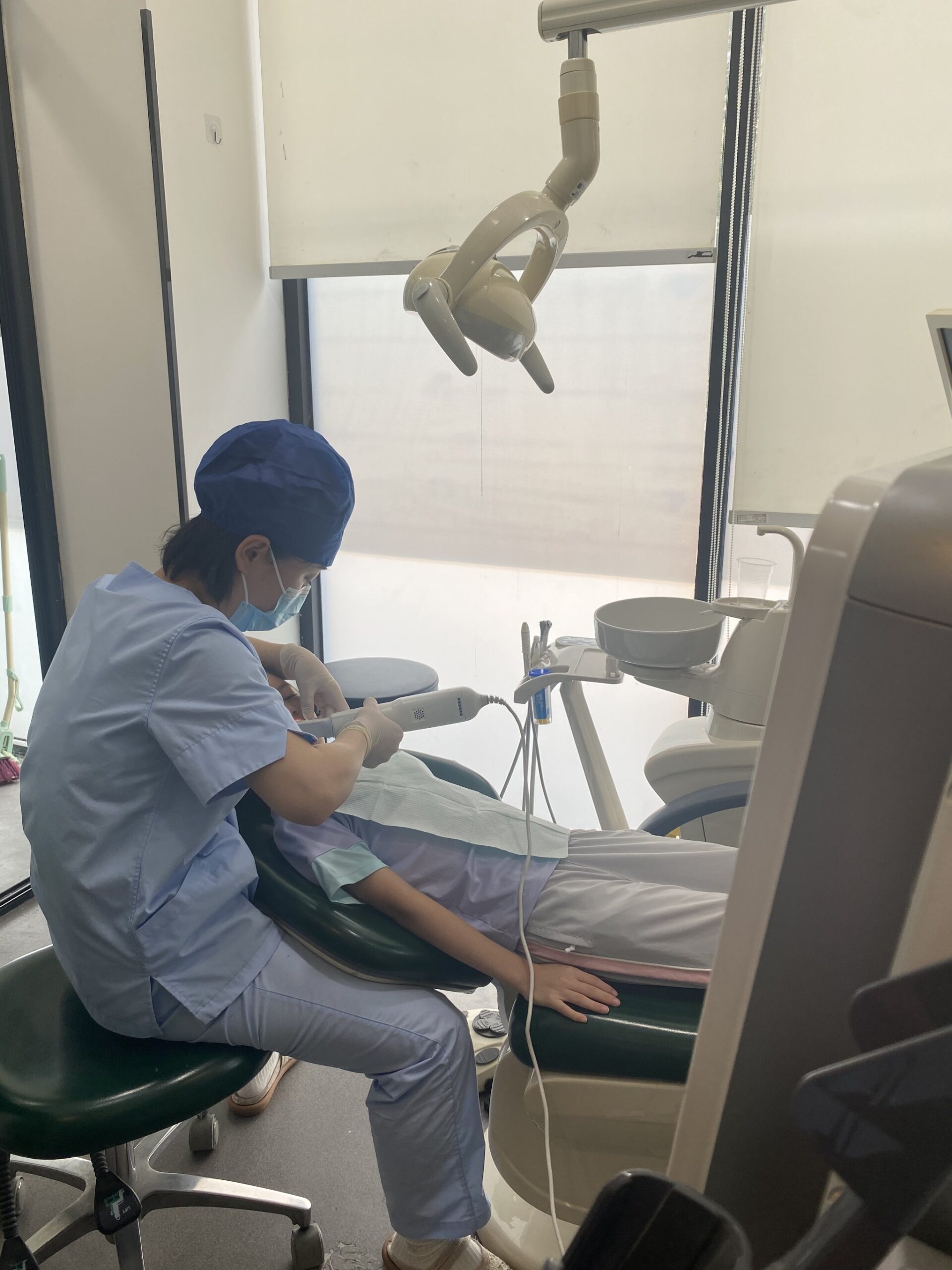In the intricate world of dental prosthetics,the articulator often stands in the shadows of more glamorous technologies like CAD/CAM materials and PFM(Porcelain Fused to Metal)fabrication.However,this humble yet essential tool plays a crucial role in ensuring the success of both CAD/CAM and PFM restorations.This blog post delves into the importance of the articulator,exploring how it integrates seamlessly with modern fabrication methods to deliver precise and functional dental restorations.
The Role of the Articulator in Dental Prosthetics
An articulator is a mechanical device that simulates the movements of the human jaw.It is used in dental labs to mount and adjust dental restorations,ensuring they fit perfectly within the patient’s mouth.The articulator allows technicians to replicate the complex movements of the temporomandibular joint(TMJ),providing a realistic simulation of how the restoration will function in the patient’s oral environment.
The process begins with the dentist capturing an impression of the patient’s teeth and gums.This impression can be either digital,using an intraoral scanner,or physical,using traditional impression materials.The impression is then sent to the dental lab,where it is mounted on the articulator.For digital impressions,the data is used to create a virtual articulator,while physical impressions are mounted on a mechanical articulator.
CAD/CAM Materials and the Articulator
CAD/CAM technology has revolutionized dental prosthetics by introducing a digital workflow that enhances precision and efficiency.The process begins with the dentist capturing a digital impression using an intraoral scanner.This digital impression is then sent to the dental lab,where it is used to design the restoration using CAD software.The design is then sent to a milling machine,which fabricates the restoration using CAD/CAM materials such as zirconia,PMMA(polymethyl methacrylate),Peek(polyether ether ketone),titanium,or wax blocks.
Despite the digital nature of CAD/CAM,the articulator remains a crucial component.The digital impression is used to create a virtual articulator,which allows technicians to visualize the occlusal relationships and make necessary adjustments.This ensures that the CAD/CAM restoration fits seamlessly in the patient’s mouth,providing optimal function and aesthetics.
PFM Fabrication and the Articulator
PFM(Porcelain Fused to Metal)fabrication remains a cornerstone of dental prosthetics,offering a balance of strength and aesthetics.The process begins with the dentist taking a physical impression of the patient’s mouth,which is then sent to the dental lab.The technician uses the physical impression to create a wax model of the restoration,which is then invested in a plaster mold and subjected to a high-temperature firing process to create a metal coping.Porcelain layers are then applied to the metal coping to achieve the desired aesthetics.
In PFM fabrication,the articulator plays a vital role in ensuring the restoration fits perfectly in the patient’s mouth.The physical impression is mounted on a mechanical articulator,which allows the technician to simulate the patient’s jaw movements and make necessary adjustments.This ensures that the PFM restoration provides optimal occlusion and function.
The Importance of Facebow Transfer
Both CAD/CAM and PFM fabrication rely on accurate occlusal relationships to ensure the restoration fits seamlessly in the patient’s mouth.This is where facebow transfer comes into play.A facebow transfer is a technique used to record the relationship between the patient’s maxillary arch and the temporomandibular joint(TMJ).This information is then transferred to the articulator,whether virtual or mechanical,allowing technicians to replicate the patient’s jaw movements accurately.
In CAD/CAM workflows,the digital impression can be used to create a virtual articulator,which incorporates the facebow transfer data.For PFM fabrication,the physical impression is mounted on a mechanical articulator,which also incorporates the facebow transfer data.This ensures that both CAD/CAM and PFM restorations provide optimal occlusion and function.
The Future of Articulators in Dental Prosthetics
As technology continues to advance,the articulator remains an essential tool in dental prosthetics.While CAD/CAM technology offers a digital workflow that enhances precision and efficiency,the articulator ensures that restorations fit seamlessly in the patient’s mouth.Similarly,PFM fabrication relies on the articulator to provide optimal occlusion and function.
The future of dental prosthetics is likely to see further integration of CAD/CAM and traditional techniques,with the articulator playing a crucial role in both.By embracing both methods,dental professionals can provide patients with a wide range of options,tailored to their specific needs and preferences.Whether through the precision of CAD/CAM or the proven reliability of PFM,the goal remains the same:delivering high-quality,durable,and aesthetically pleasing restorations that enhance patients’oral health and quality of life.
For dental professionals and technicians seeking versatile articulators,Dental Lab Shop offers a comprehensive range of options,from desktop and intraoral scanners to fully adjustable and simple hinge articulators.Discover the perfect articulator solution for your needs here.
Conclusion
The articulator is the unsung hero in modern dental prosthetics,playing a crucial role in ensuring the success of both CAD/CAM and PFM restorations.By providing a realistic simulation of the patient’s jaw movements,the articulator ensures that restorations fit seamlessly in the patient’s mouth,providing optimal function and aesthetics.As technology continues to advance,the articulator remains an essential tool in the dental lab,bridging the gap between cutting-edge technology and traditional craftsmanship.



